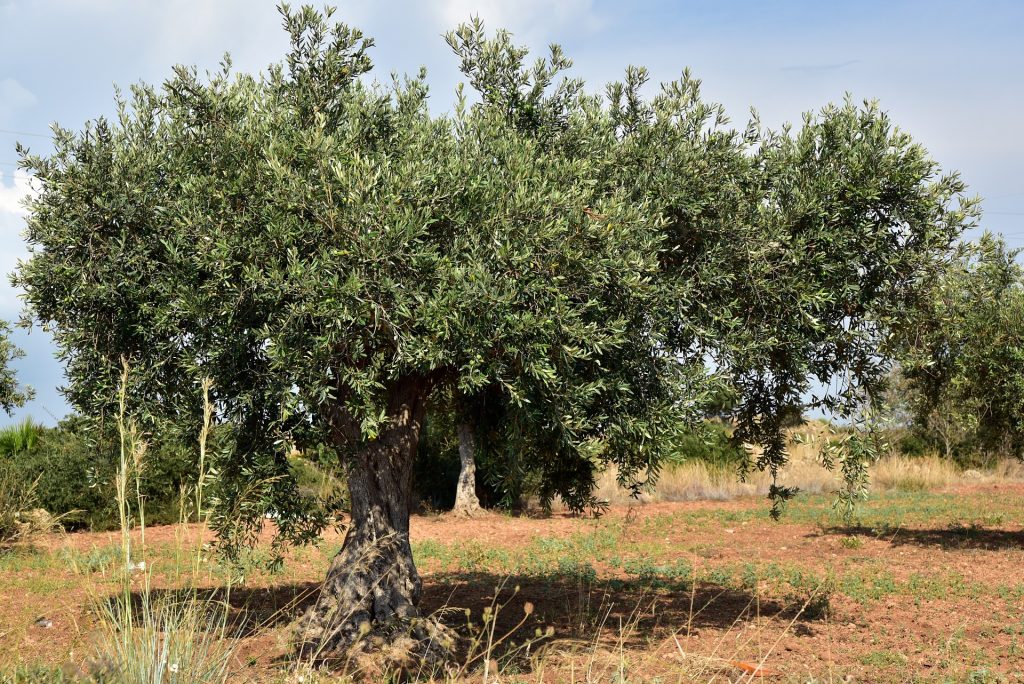World Olive Day is celebrated on 26 November. It was UNESCO that agreed at the 40th session of the UNESCO General Conference in 2019 to commemorate the tree, which is “much more than a tree with a gnarled trunk: it is an emblem that embodies the values of peace, wisdom and hope, values that today, on this World Day, we wish to celebrate” (Audrey Azoulay, Director-General of UNESCO).
The olive tree in Spain.
The olive tree is representative of the Spanish landscape, its countryside and its people. Olive growing, and the associated industry, is a key factor in the Spanish economy. According to data from the Ministry of Agriculture, Fisheries and Food, more than 350,000 farmers are dedicated to olive growing, the sector supports some 15,000 jobs in the industry and generates more than 32 million daily wages per season. The olive grove covers 2.75 million hectares of which 2.55 million hectares belong to olive oil mills (93% of the total olive grove). This crop is present in 15 of the 17 autonomous communities. In terms of regions, Andalusia accounts for the majority of production with 1.67 million hectares, with Jaén as the leading province.
The olive tree provides Spanish gastronomy with one of its greatest treasures, hence its denomination as liquid gold. Olive oil is one of the fundamental pillars of the Mediterranean diet and one of the products that best represents us beyond our borders. Spain is the world’s leading exporter of olive oil and the largest producer. The oil produced in our country accounts for 70% of European Union production and 45% of world production.
By autonomous communities, 80% of oil production is located in Andalusia. It is followed by Castilla La Mancha and Extremadura, with 8 and 4%, respectively.
Campaign 2022/2023
A smaller crop is forecast for this season throughout Spain. The lack of water and high temperatures have caused a generalised drop in production from north to south of Spain.
In Andalusia, an olive oil production volume of 587,000 tonnes is forecast, almost 50% less than the previous season. According to the olive grove production estimate, drawn up by the Andalusian regional government, “the extraordinary and intense heat waves suffered during flowering and initial fruit set have meant that the number of fruits is significantly below average”.
These downward forecasts are repeated in the other producing regions. In Castilla La Mancha, Cooperativas Agro-Alimentarias forecasts an olive harvest 25% lower than last year. Extremadura estimates an 80% reduction in the olive crop. Also in Navarra, 35% less production is forecast and in Catalonia, which is expected to fall from 39,068 tonnes to 19,000 tonnes.
The outlook for the coming years indicates that climate change will continue to be one of the great challenges facing the olive sector and its consequences will continue to cause annual variations in oil yield and quality.
Agronomy can mitigate these negative effects so that they have a minimal impact on the crop. For example, EDYPRO Biotechnology adapted to olive cultivation can increase the fat yield, achieving more kilograms of oil per hectare, as well as improving the condition of the trees with sufficient reserves to ensure a good harvest in subsequent years.
Find out more here.

